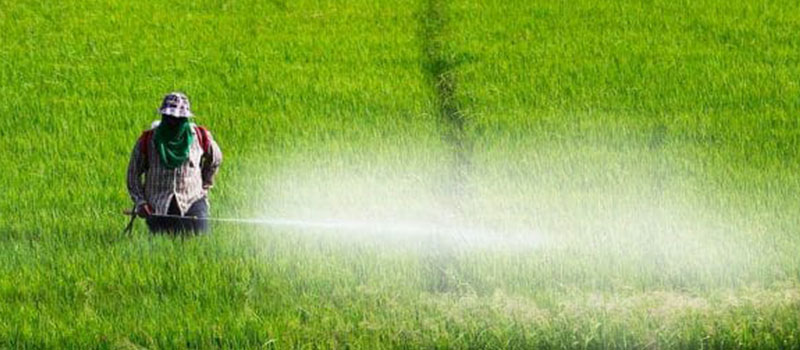Integrated pest management is the holistic approach to pest control strategies in the food production system, landscapes, and urban environments. The goal is not to eradicate the pest’s population entirely but to control it in such a way that is economically justified and is not harmful to human health and the environment. The key component is to use various control measures to manage pests while reducing costs for producers by minimizing the use of pesticides in some cases. It doesn’t preclude the use of pesticides but encourages a more tactical approach like period sampling to minimize the use of pesticides.
Managing your garden with a thoughtful, proactive approach helps prevent pests from doing severe damage. Even if you do everything right, pests will eventually show up. IPM combines different types of pest control from hands-on pest removal to traditional synthetic pesticides. IPM sees your garden or farmlands and pests as a part of a larger ecosystem and manages with a bigger picture in mind. By creating an environment that is inhospitable to pests yet can take away their advantage to give it to plants.
A pest is an organism you don’t want around; it not only includes insects but also weeds, disease-causing pathogens etc. An IPM includes following tasks.
Identification of good and bad bugs:
Thresholds for tolerable pest damage:
Monitor pest activity:
Establish the plan before the damage is done by pests:
Take action when needed:
A good IPM program blocks off pests posing minimal impact on the environment and the pests that we want to stick around like bees, butterflies, birds which help in pollination and help to keep the environment in balance. More than 75% of crops and flowering plants rely on these good bugs to distribute pollen. Insects like moth perform essential tasks like aerating soil, breaking down the dead materials, and returning them to earth, serving as food to wildlife, while insects like ladybird beetles and green lacewings eat harmful pests keeping the balance in the environment. There are around 1.5 million of identified species of insects in the world and out of it, 97% of insect species are either beneficial or innocent bystanders or food sources for wildlife.
The advantages of IPM are a decrease in the management costs, decrease in the use of pesticides and decreasing the dependence on pesticides only. While the limitation of IPM is the ability to implement multiple strategies and the effectiveness of those strategies across different geographies and crops produced
The effectiveness of IPM requires continuous development and research on the everchanging population of pests across the varied production systems. Adoption of IPM tactics will increase the benefits to producers and decrease the environmental impact of the management of pests especially in crop production extending to landscapes and urban settings.
Promotion of IPM techniques should be increased to raise awareness in the community which is related to production and is dependent on pesticides to keep their crops safe from the pests as excessive use of pesticides is not only harmful for the crops but also for the soil and the water bodies nearby.


